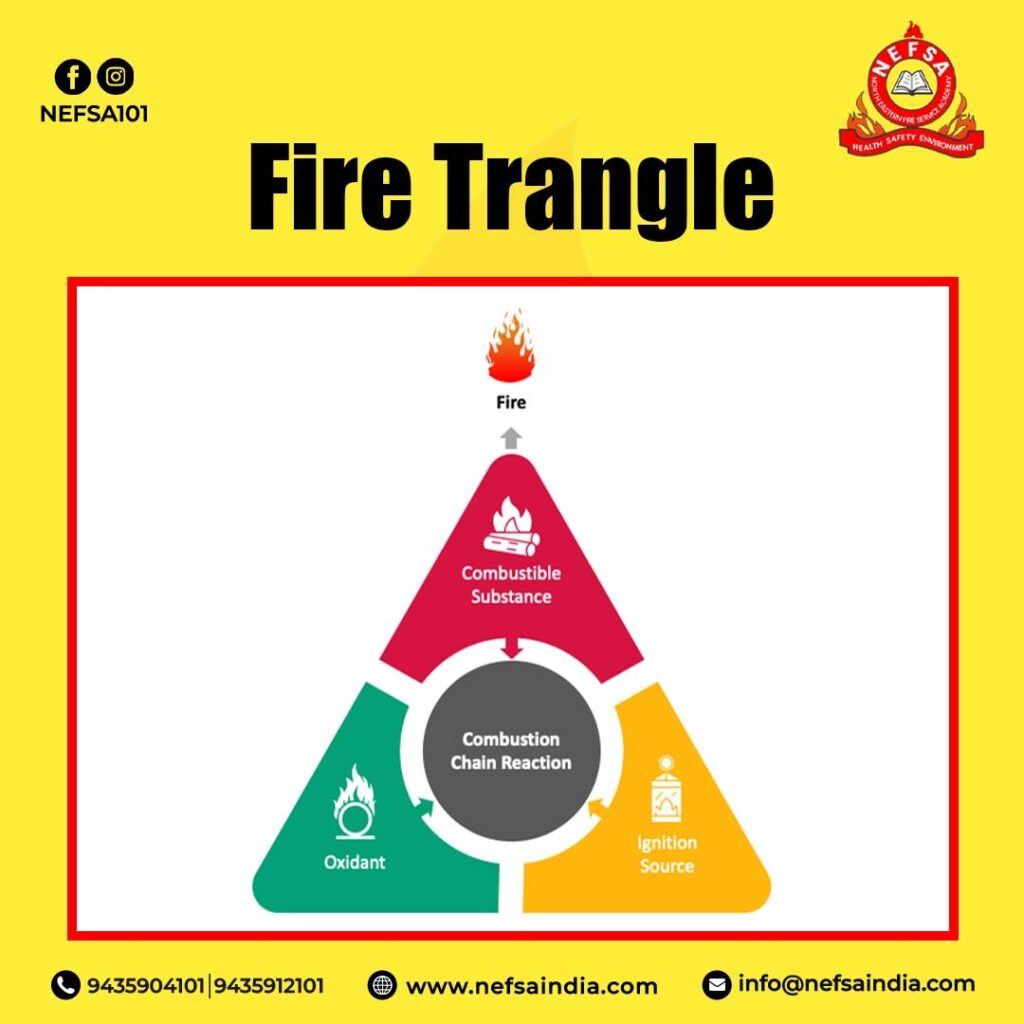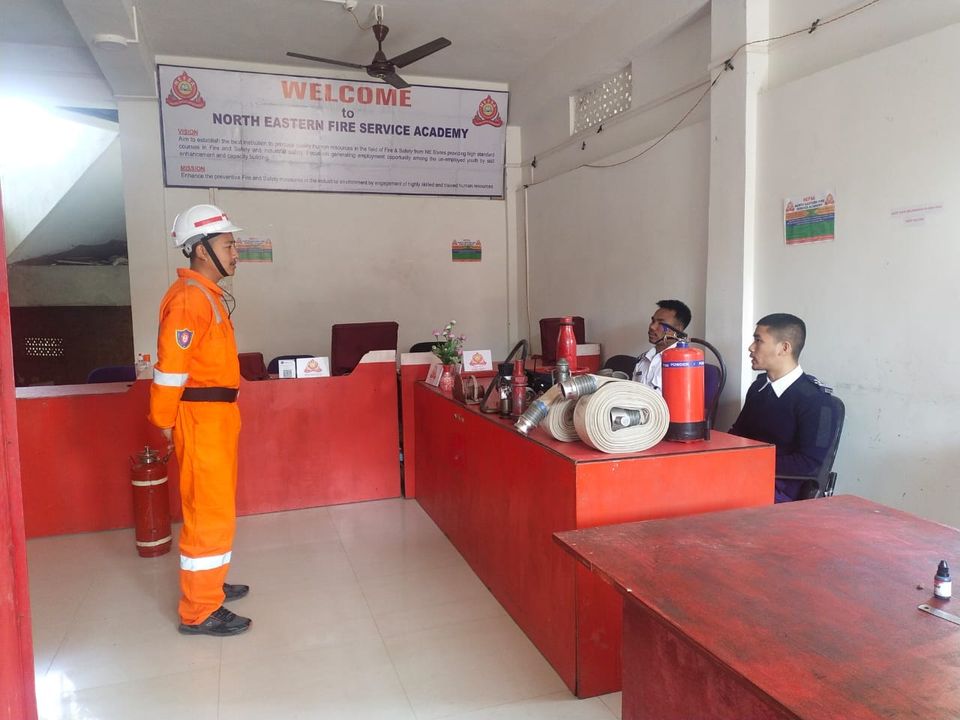Introduction:
In the realm of fire safety, knowledge is the greatest ally. NEFSA Dibrugarh Fire Academy, renowned for its commitment to excellence, provides a comprehensive guide to fire safety. This blog explores NEFSA’s multifaceted approach, offering a wealth of insights to empower individuals and communities in building resilient defenses against the unexpected threat of fire.
1. The Crucial Role of Smoke Detectors:
Start with the basics. NEFSA emphasizes the installation of robust smoke detection systems. This section delves into the critical role smoke detectors play in early fire detection and explores how to strategically place them for maximum effectiveness.
2. Equipping Homes with Fire Extinguishers:
NEFSA guides readers on the strategic placement of fire extinguishers. This section covers the types of fire extinguishers, where to place them within the home, and the importance of regular training on their usage.
3. Crafting an Effective Fire Escape Plan:
A comprehensive guide is incomplete without a focus on preparedness. NEFSA advocates for the creation and regular practice of a detailed fire escape plan. This section outlines the key components of an effective plan and the importance of family involvement.
4. Responsible Storage of Flammable Materials:
NEFSA highlights the significance of proper storage of flammable materials. This section discusses the potential risks posed by common household items and offers guidance on storing them safely to minimize fire hazards.
5. Routine Inspection of Electrical Systems:
Electrical malfunctions are a common cause of fires. NEFSA’s comprehensive guide emphasizes the need for routine inspections of wiring, outlets, and appliances. Readers will learn practical tips for maintaining a safe electrical environment.
6. Mindful Practices in the Kitchen:
The kitchen is a hotspot for potential fire hazards. NEFSA’s guide encourages mindfulness in cooking practices. This section covers key safety measures, including never leaving cooking appliances unattended and keeping flammable items at a safe distance.
7. Educating Family Members, Especially Children:
NEFSA stresses the importance of education in fire safety. This section explores strategies for educating all family members, with a special focus on children. It discusses the dangers of playing with fire and the role of family-wide fire drills.
8. Regular Checks on Heating Appliances:
Home heating sources require regular scrutiny. NEFSA’s guide delves into the importance of routine checks on furnaces and space heaters. It provides actionable tips for maintaining a safe distance and ensuring proper ventilation.
9. Securing Open Flames and Candles:
NEFSA advocates for safe practices with open flames and candles. This section discusses the potential fire risks associated with these items and provides guidance on using them responsibly.
10. Staying Informed and Adapting:
The final section of NEFSA’s comprehensive guide focuses on staying informed about local fire risks. It encourages readers to regularly update their knowledge of fire safety practices, empowering them to adapt and enhance safety measures proactively.
Conclusion:
NEFSA Dibrugarh’s comprehensive guide to fire safety goes beyond conventional advice. By embracing these insights, individuals and communities become proactive stewards of their safety. NEFSA’s commitment to education extends from its academy to homes, fostering a culture where safety is paramount. Use this comprehensive guide as a roadmap to fortify your surroundings and live with confidence in the face of potential fire hazards.
F0r more blogs. Click here blog.nefsaindiablog
To join our academy . Click here nefsaindia



